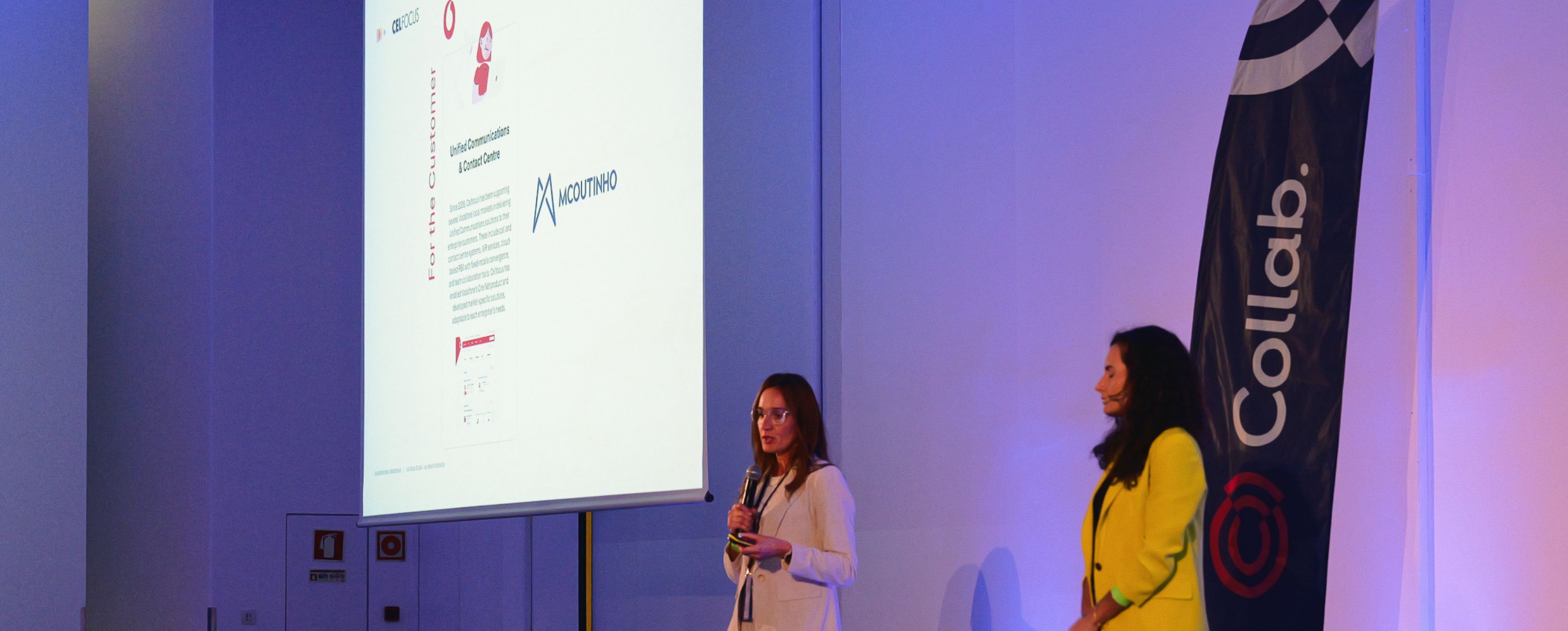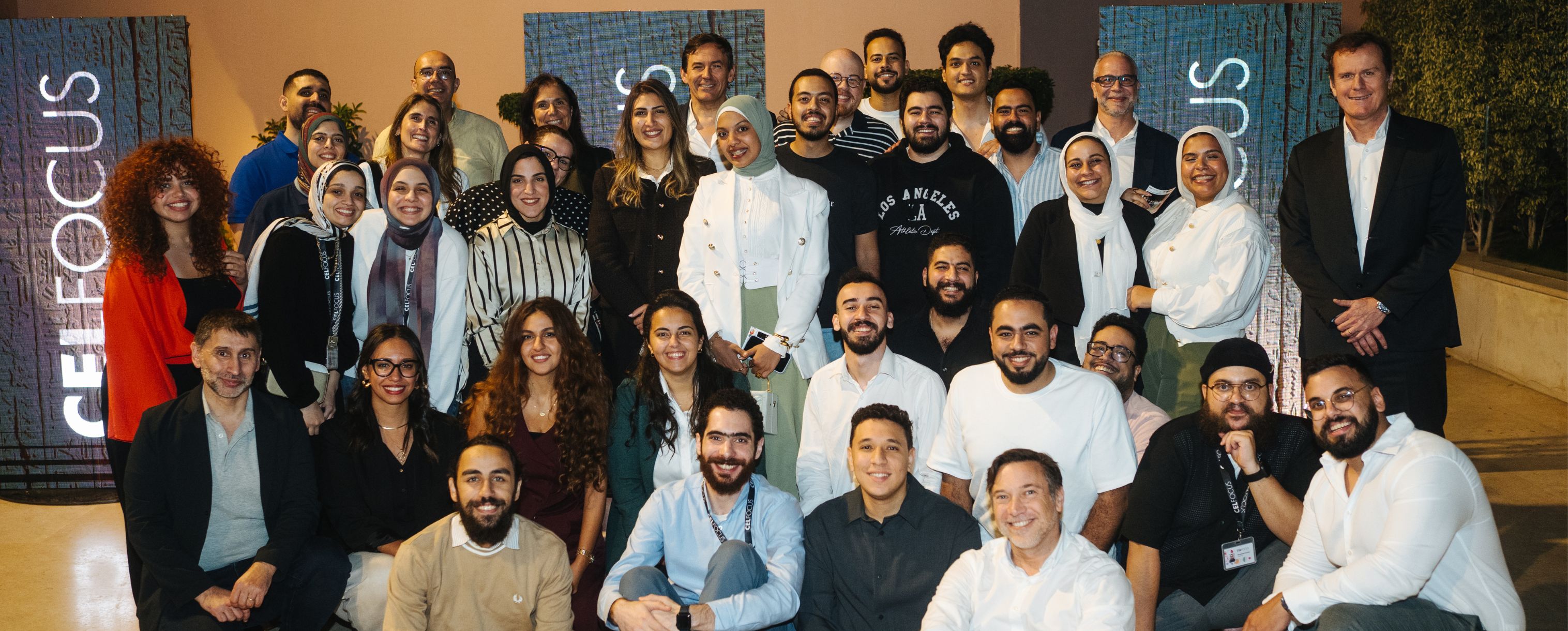|---Module:text|Size:Small---|
The Telco industry is changing rapidly in terms of technological advances, service delivery and competitive landscape. Many companies in wider tech and digital spaces are reaping the benefits of an expanding digital ecosystem: massive subscriptions to OTT services are resulting in a decrease in the uptake of CSPs’ core offers (such as Voice and SMS) and digital-first mobile operators are presenting a value-added, flexible and data-centric proposition to consumers. Moreover, disruptive technologies like IoT, 5G and AI, among others, have come a long way since their emergence.
For a view on the friend and foe relationship between OTTs and CSPs, please go here.
CSPs were used to dominating the market with their traditional services. However, in this context, they are being pushed to re-evaluate their role in the value chain and reposition themselves as Digital Service Providers (DSPs) too, in order to regain competitiveness and a steady position in the market.
A DSP focuses on providing digital services, contents and apps as a complement to traditional Telco offerings. They privilege customer interactions over digital channels, instead of the typical physical stores and call centres, fostering instant interactive experiences.
However, this DSP journey – or transformation – carries out new time-to-market, infrastructure and scale concerns to roll-out new or improved products faster (under shorter development cycles) and to cope with an increased amount of data. Besides, there is today a higher sophistication of technological systems, paired with more demanding, flexible and tailored customer requirements.
In this sense, for CSPs delivering value means combining efforts to pivot from being a “classic Telco” to a modern DSP through internal and customer-facing digital transformation in terms of operations, customer engagement and experience, along with platform-based service development.
Leaving a more rigid telco heritage behind, CSPs must adopt a view of efficiency and agility to compete in the Digital era, while developing a differentiated, technology-driven value proposition with a clear ambition to move beyond connectivity towards converged network/IT/applications platforms. Focusing on partnerships to grow and scale, CSPs may deliver new services to end-customers and achieve new sources of revenue.
Acknowledging that customers rule the relationship between themselves and service providers, CSPs must put customers in the centre of strategy and operations, according to the concept of DSP.
What does it take?
In practical terms, this paradigm shift is putting pressure on CSPs to explore new business and operating models, because current ways of working no longer fit. This is having an impact at several levels, such as:
- Digital mindset through digitalised approaches to marketing, customer management, platform and solution development. Overall customer experience must be embedded into the business and overall culture;
- Repositioning, claiming themselves as “beyond connectivity” service providers and the backbone of digital ecosystems – at the end of the day, CSPs provide the essential connectivity that allows other organisations to function and grow in the digital economy, supporting their infrastructure advantage;
- Technological knowledge, not only by narrowing the relationship between business and IT, but also by pushing to replace Telco heritage with a more IT-oriented approach to running the business and by breaking silos among business, network and IT operations. Success depends on continuous internal operations transformation to keep up with the pace at which new business opportunities emerge, but also on increased collaboration and communication among teams to share responsibilities;
- Procurement process, replacing time-consuming Request for Proposals (RFPs) with quicker, though resourceful Minimum Viable Products (MVPs).
Furthermore, thanks to the development of AI and Analytics, CSPs access, collect, process and act on a much bigger amount of data, raising the profile of CSPs as data aggregators. However, they need to acknowledge how to act on those insights at the right time.
How to build a new home
The adoption of digital technologies to remain competitive in an increasingly crowded digital space has driven organisations to focus on being nimble and harder quality-driven to facilitate decision-making, innovate, accelerate the time-to-market and be responsive to customer needs.
Besides counting on Data Analytics and AI capabilities to make well-informed business decisions, CSPs must embrace and take the most of iterative approaches to software development that match with these dynamic flows.
Agile is all about welcoming and adjusting to change based on customer acknowledgment in a non-sequential process, splitting the development process into time windows for frequent deliveries and a continuous customer feedback loop. In other words, Agile lies on an adaptative capacity to address new requirements and specifications over an iterative flow, and on delivering a continuous stream of incremental value for an innovative, sustainable and fit-to-market solution.
By its turn, DevOps focuses on how fast a program can move from the design stage to production, by synchronising development and operations teams. Bearing high-quality software that addresses customers challenges in mind, test automation tools on a DevOps-led pipeline enable continuous testing, integration and delivery with a high degree of confidence and speed.
Bottom-line – Customer at the heart: putting customers first and at the core of business, combined with an effective customer journey mapping and relationship management, allows companies to effectively be in their customers’ shoes, enhance their experience and build long-term relationships. Feedback drives continuous improvement to better address customers’ needs and expectations, highlighting the relevance of such flexible delivery models.
Adopting Agile & DevOps means running supply and demand, development and operations, hand in hand in an open, resourceful and collaboration environment. Managing agile teams is demanding and induces a bigger focus on quality and value, not disregarding on-time and on-budget delivery, but this more customer-centric approach deepens the level of engagement with customers and is closely linked to success in nowadays business scenarios.





















